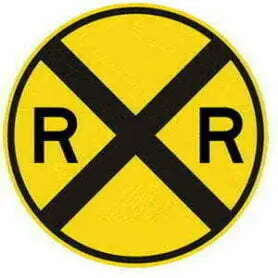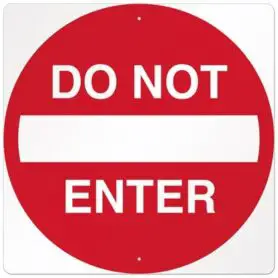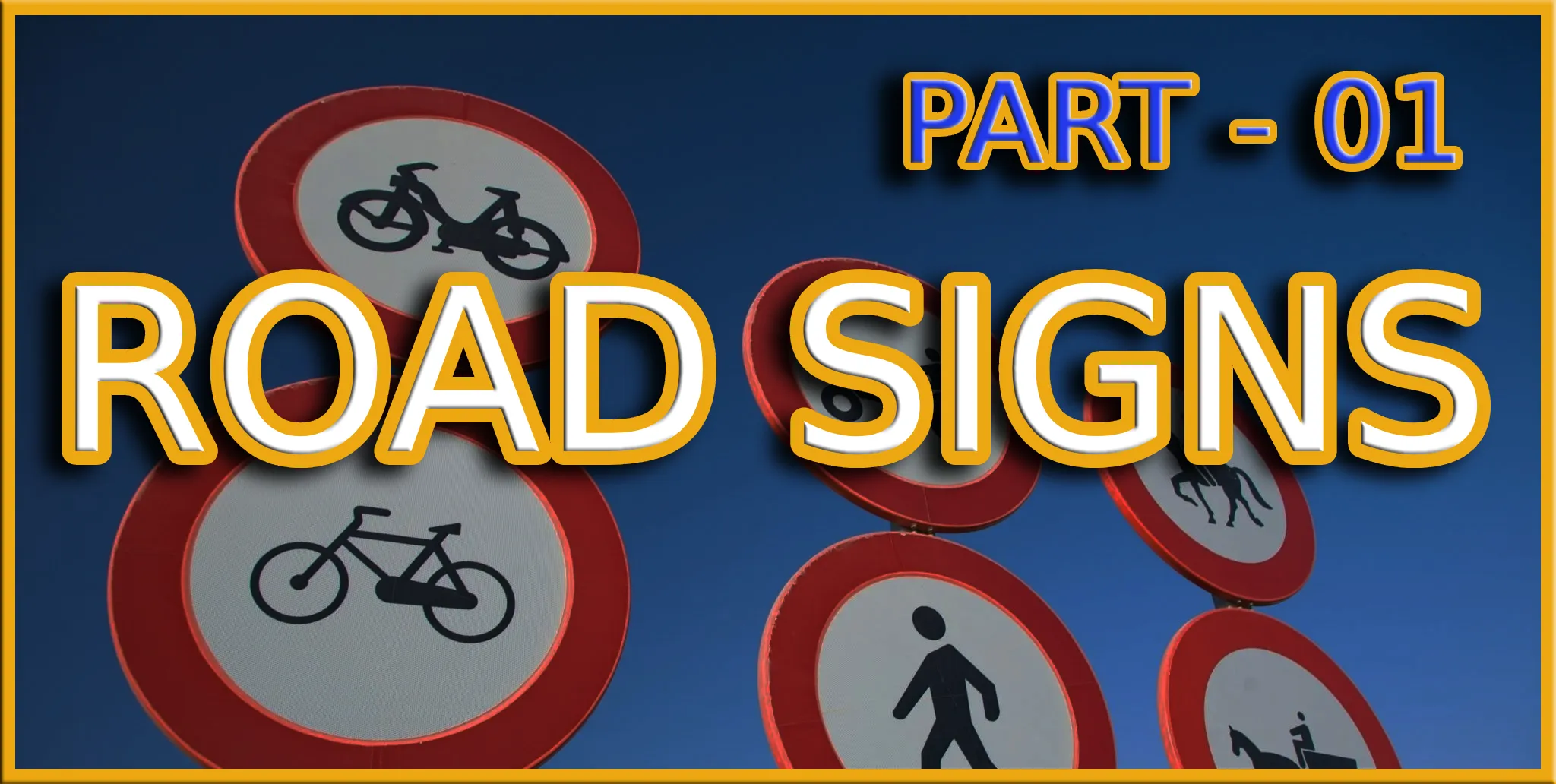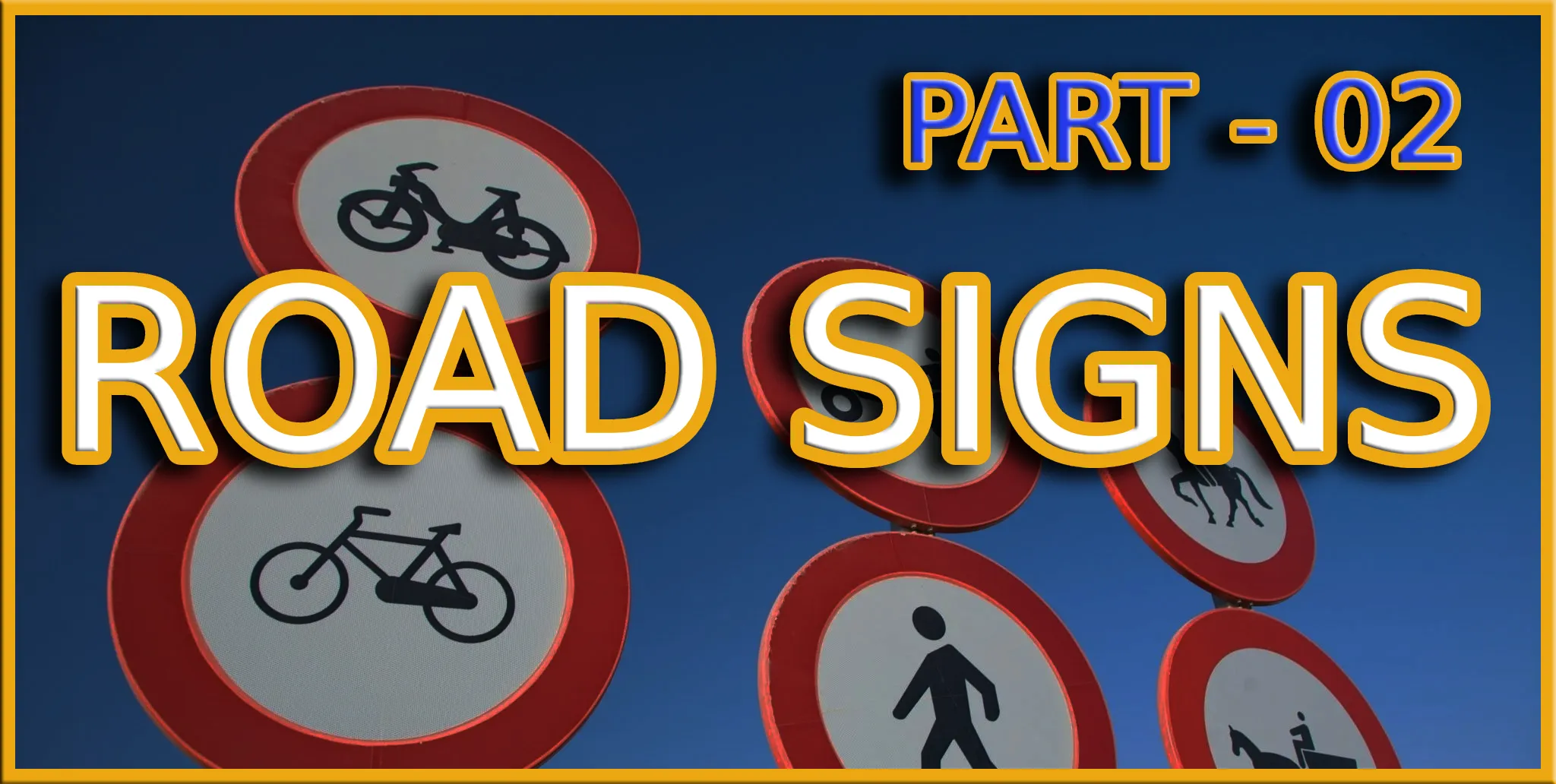Stop Sign

What Does Stop Sign Mean?
A “Stop” sign is a regulatory traffic sign designed to instruct drivers to come to a complete stop at an intersection or other designated stopping point.
Characteristics:
- Shape: Octagonal with a red background and white border.
- Symbol: White text that reads “STOP.”
- Placement: Positioned on the right side of the road at intersections, pedestrian crossings, and other areas where stopping is required.
Purpose:
- To ensure that drivers come to a full stop and yield the right-of-way to other vehicles or pedestrians.
- To regulate traffic flow and reduce the risk of accidents at intersections and crossings.
- To enhance overall safety by providing clear instructions for drivers to stop and assess their surroundings.
Remember:
- This sign indicates that you must come to a complete stop at the designated line, crosswalk, or intersection.
- Look both ways and yield to any oncoming traffic or pedestrians before proceeding.
- Ignoring a stop sign can result in traffic citations and increase the risk of collisions.












